Sintavia: New facility signals the move towards volume metal Additive Manufacturing for aerospace and defence
In May 2019, US-based Sintavia, LLC opened a state-of-the-art facility in Hollywood, Florida, dedicated to the volume production of metal additively manufactured components for the aerospace and defence sector, marking a significant expansion of the company’s production capacity. Debbie Sniderman visited the new facility on behalf of Metal Additive Manufacturing magazine and reports on the company’s ambitious plans and its management’s views on the ongoing evolution of the industry. [First published in Metal AM Vol. 5 No. 3, Autumn 2019 | 15 minute read | View on Issuu | Download PDF]
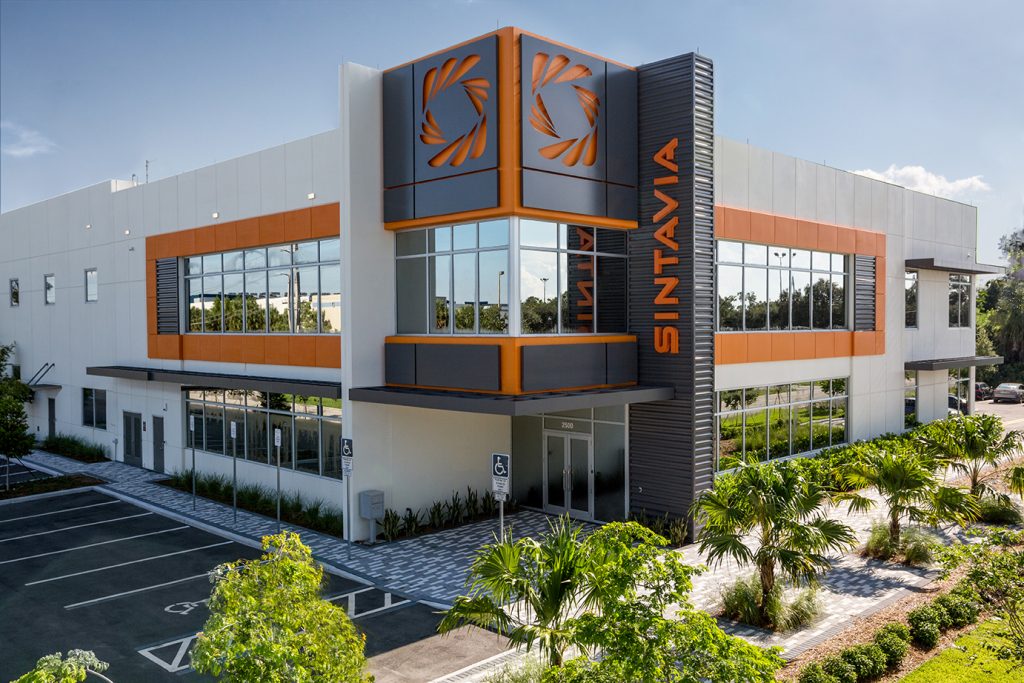
Earlier this year, Sintavia, LLC, a leading independent metal AM service provider for the global aerospace and defence industries, formally opened its new 5,100 m2 Additive Manufacturing facility in Hollywood, Florida, USA. With high-speed Additive Manufacturing systems co-located alongside a high-capacity precision post-processing operation and a full complement of quality control and testing services, this new facility is able to deliver along the entire AM process chain, from component development and parameter optimisation to serial production and inspection.
When fully commissioned, it is expected to be one of the most advanced Additive Manufacturing plants in the world, capable of producing thousands of precision metal components per month for the aerospace and defence OEMs worldwide who are recognising the economic, technical and strategic benefits of the technology. The facility is anticipated to generate revenue in excess of $100 million and now serves as the company’s headquarters, originally located in the nearby town of Davie.
Sintavia’s mission with this new facility has been to be amongst the first independent manufacturers to offer a vertically integrated, end-to-end metal Additive Manufacturing production process. It designs, pre-processes, builds, post-processes, and analyses all aspects of Additive Manufacturing in-house, from start to finish. With this business model, Sintavia believes that it is well positioned to supply serially manufactured aerospace and defence components with guaranteed quality and repeatability as part of an OEM supply chain.
Vertical integration built around quality
In explaining what it means to be vertically integrated in the aerospace and defence sector, Doug Hedges, President of Sintavia, told Metal AM, “For aerospace and defence, quality is number one. We have to be good at these services and can do every core process involved in AM. Accreditations and certifications are a large part of the process and have been our goal from the beginning. While quality systems are baseline and standards such as ISO are rigorous, customer quality systems are even more rigorous. It has been our culture to abide by them and continually improve in a quality fashion,” he stated.
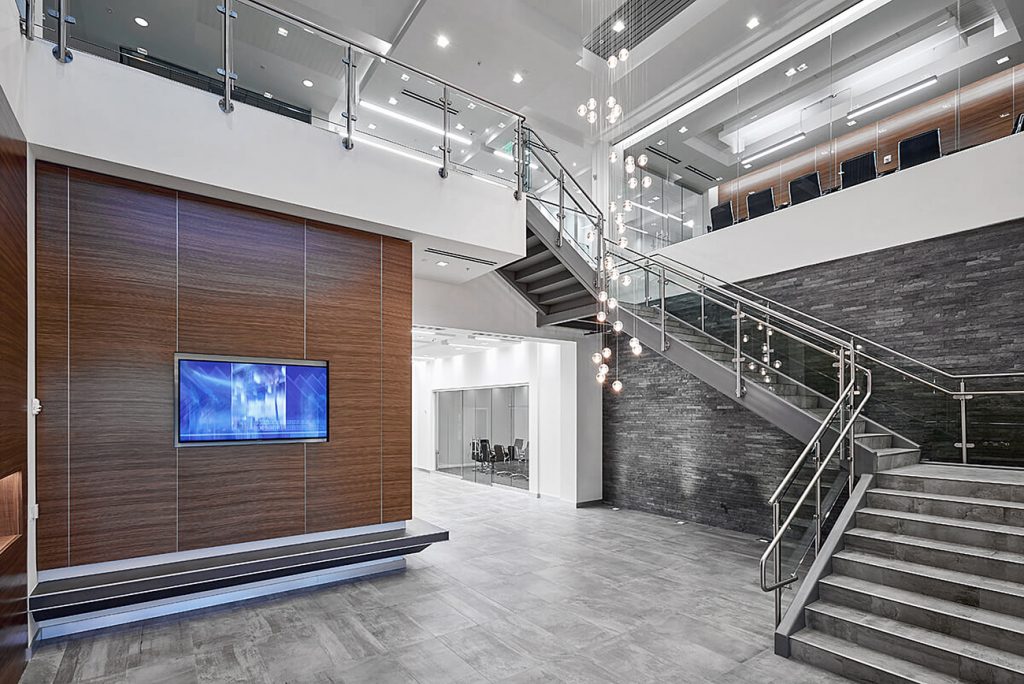
“In many cases, the mechanical testing and laboratory services that Sintavia provides are acceptable to customers. There are, of course, a number of cases where customers want to test parts in their own approved facilities,” he added. “We are continually improving and, as we grow, we add quality systems and special process approvals. The eventual goal is to have all customer quality systems in place here, so customers don’t have to send parts to other testing laboratories all over the country. Our path is to have Nadcap credentials for all of our processes, not just AM, be it special metallurgical processes such as heat treating, Hot Isostatic Pressing, or X-ray CT scanning, etc. In modern advanced manufacturing, complete vertical integration is the path people are looking for.”
The company’s metallurgical laboratory has been a key part of its operations from the beginning. Over time, it has complemented these capabilities with X-ray CT scanning for dimensional characterisation and internal inspection. It also has tensile, fatigue, creep and impact testing capabilities that support its ability to confirm heat and high-vacuum heat treatment with mechanical testing according to quality standards and specifications. This in-house capability is said to be critical for material and parameter development.
Managing raw materials: Powder pre-processing and material development
Sintavia analyses raw powder material when it arrives to ensure that suppliers have done their due diligence. It also tests powder throughout a build, providing reports to the customer. Sintavia’s accredited powder laboratory uses diffraction analysers, SEM, ICP-OES, gas analysis tools, flowmeter testing and true density testing equipment.
As well as processing established mainstream AM alloys, Sintavia also works closely with its customers to develop both new alloys and powder strategies for AM adoption. The company states that it was the first AM company to develop a proprietary process for the Additive Manufacturing of F357 aluminium powder. Its customised parameters, processes and quality control procedures make it possible for Sintavia to serially manufacture parts and audit quality parts for critical industries.
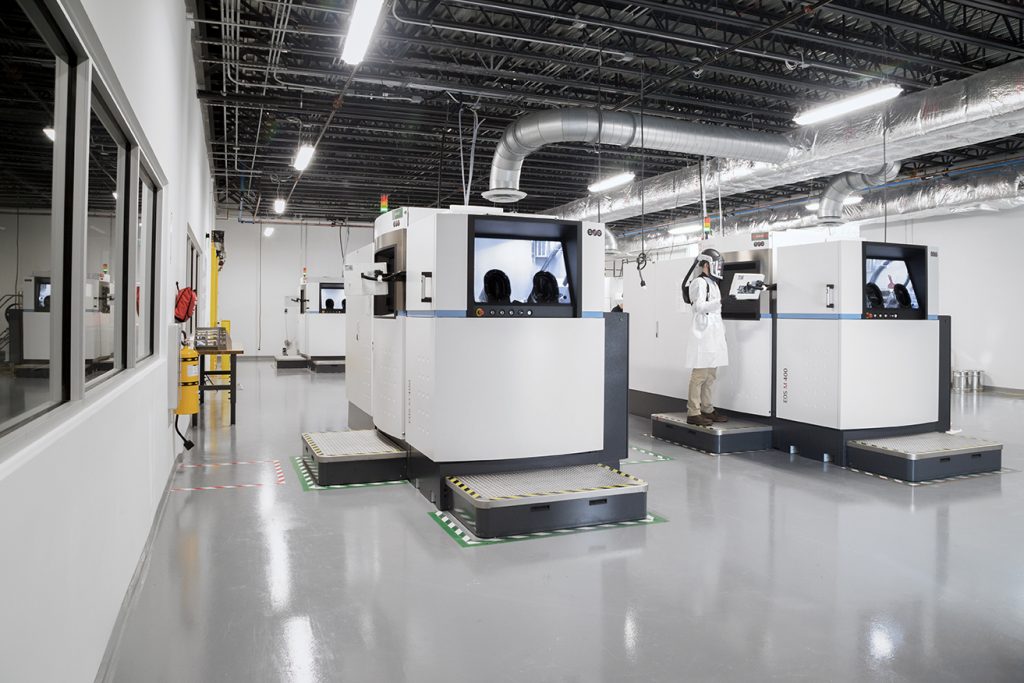
Sintavia has three powder rooms dedicated by powder type, for storage and preparation of powder before use and to process recovered powder after use. Containers are filled with inert argon gas to displace oxygen and prevent contamination and oxidisation; this is particularly important for reactive powders such as titanium and aluminium.
Sintavia’s powder recovery areas and powder removal stations have negative air pressure, so any accidentally released fine particles pass through filters instead of escaping into the wider area. Full face shields and respirators are worn while working in these finishing rooms to reduce the risk of inhalation and combat the possibility of contamination. Whilst during the build process most of the powder goes into the build chamber, some goes into the overflow and is recovered. The powder rooms’ industrial sieving processes, with vibrating screens, support powder recovery and reprocessing.
Robust tracking processes for powders ensure that before powders are used or reused, they are sampled in the laboratory at Davie to check that element levels are within specification. Powders are reused a number of times, depending on customer requirements, until they fall out of specification. For clients which require virgin powders for their components, Sintavia keeps certain amounts of these materials in store.
Combining the physical tracking of materials through the facility with the requirement for recording high volumes of process data can be a significant challenge when moving to the series production of quality-critical metal AM parts. In addition to powder source and qualification data, ERP and PLM systems track every part, bin and lot of powder as it moves through the manufacturing process. Data from serial and lot numbers contain all machine and telemetry information, oxygen levels throughout the build process and tensile specimen test results. These can be compiled quickly into a customer report.
AM production, post-processing and inspection
Having a variety of AM production systems installed, including some of the most widely used in the industry, gives Sintavia the flexibility to optimise production for its customers’ needs. Component manufacturing currently takes place using eighteen AM machines from five different OEMs. These comprise eleven EOS systems (two M400-1s, four M400-4s, and five M290s), three SLM Solutions 280s (two twin-laser, one single), one Concept Laser M2 dual-laser system and a Trumpf TruPrint3000. Two Arcam systems, an Q20+ EBM, and A2X EBM are also installed.
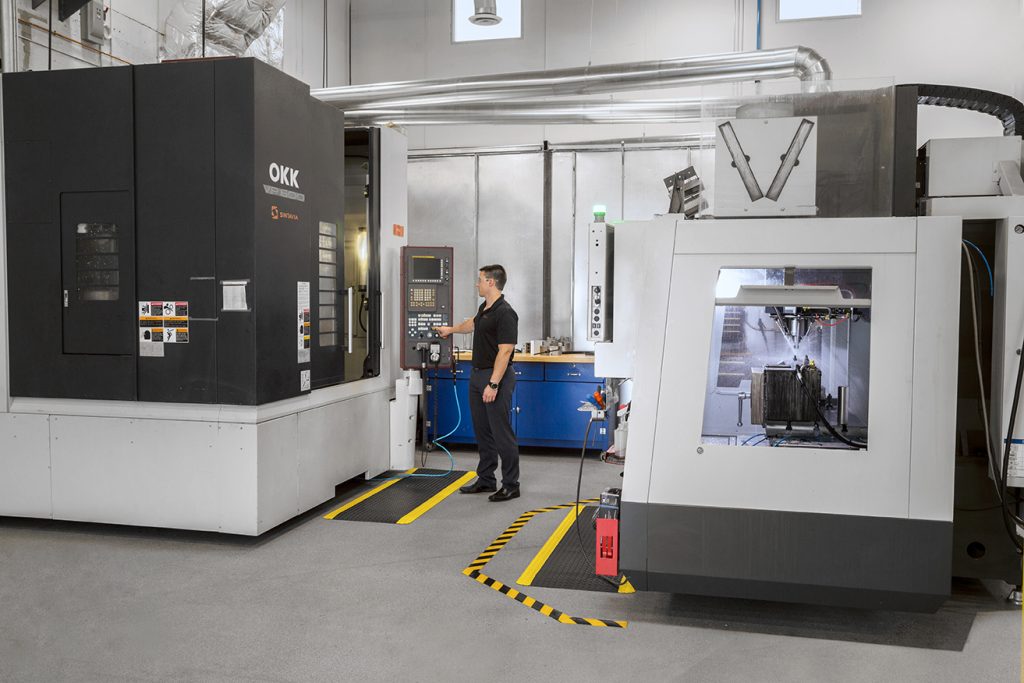
The new facility’s lower production floor is divided into two equally sized halls, one with space for fifteen EOS M400s or the equivalent dedicated to nickel superalloys, Inconel 625 and 718, and heavier alloys, and one designed to handle large-scale builds using primarily titanium and aluminium. The upper production floor has space for twenty-five M290s or the equivalent for smaller builds.
All core post-processing operations are performed in a large finishing and machining area. A new, GM vacuum furnace that can fit six large 40 cm x 40 cm build plates at once, with a weight of more than 1000 kg each, is located in this area, as well as a Quintus Hot Isostatic Press, wire EDMs, CNC mills and lathes, band saws and wet and dry blasters.
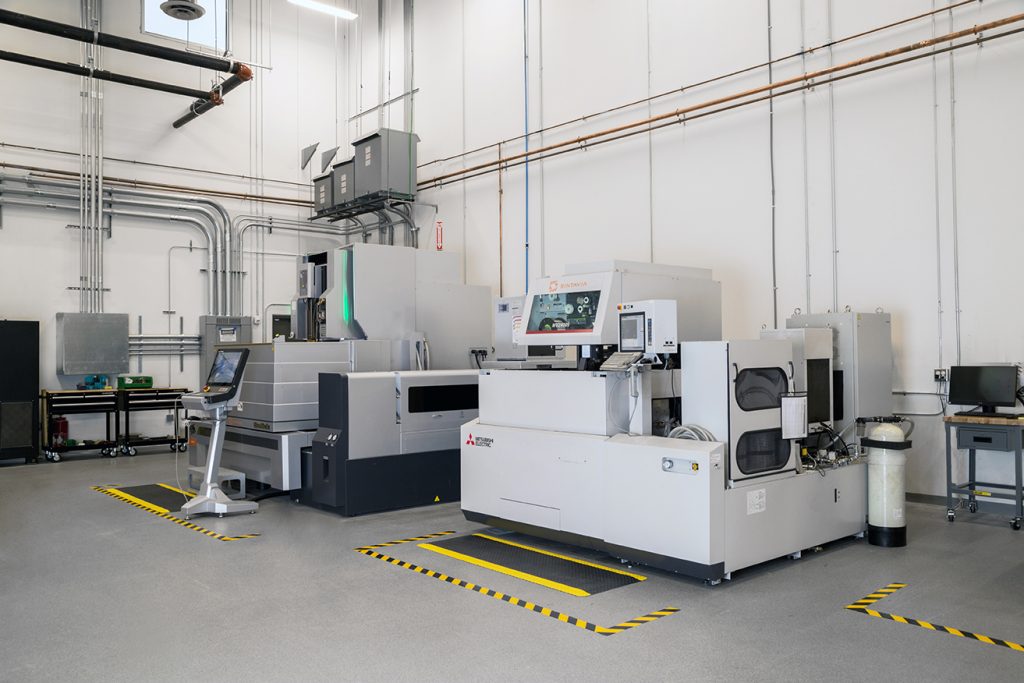
Sintavia is one of few suppliers in the marketplace that has HIP in-house, an integral part of the manufacturing process for critical parts produced by metal AM. This minimises the need to send parts to external contractors for further processing, reducing cost and lead time and allowing full control to be kept in-house.
All final production quality and conformance inspections are performed in a new quality controlled inspection lab. This contains blue light scanning technology, which scans finished production parts on a rotating turntable, creating a 3D rendering of the part to make sure it conforms to requirements. SPC and CMM programmable fixtures ensure quality processes are the same.
First article inspections on qualification builds take place at Sintavia’s Davie location using a CT scanner for dimensional metrology. “There are many radiography specifications for size inclusions, allowed voids and the distance between voids,” explained Hedges. “Our CT scanner has high enough resolution that it allows us to go beyond most customers’ radiography specifications to verify if there were problems. Every fifth part is scanned until qualification is complete, then every twenty-five or a statistical sampling after building a trust relationship. It’s hard to do; we are disrupting the whole industry. This is the next industrial revolution.”
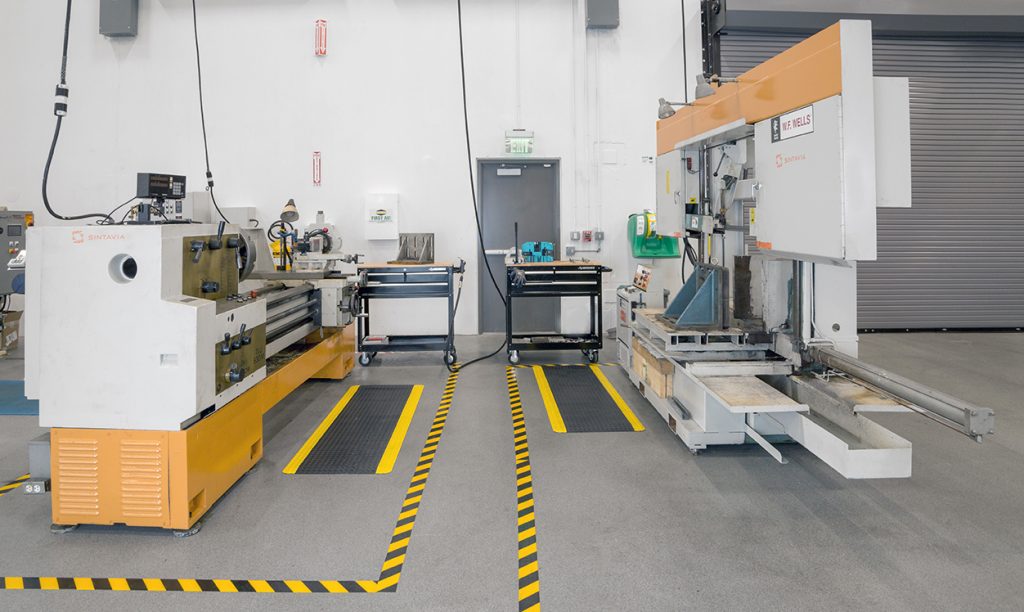
Sintavia is AS9100 and ANAB certified, OASIS and ITAR registered, ISO 9001 and ISO/IEC 17025 accredited, and A2LA approved. Its laboratories are also both accredited, as required by customers. The company has Nadcap certification for Additive Manufacturing, and further plans to obtain this for heat treatment, post-processing later this year.
Expanding the range of applications for AM in aerospace and defence
In April 2019, a major aerospace OEM accepted delivery of its first Sintavia metal AM part to be installed as commercial flight hardware. The piece that Sintavia built received approval and is now proven to go into one of the largest narrow body fleets. Every other part on the production chain was manufactured by the OEM itself, making this its first part made by an independent Additive Manufacturing firm.
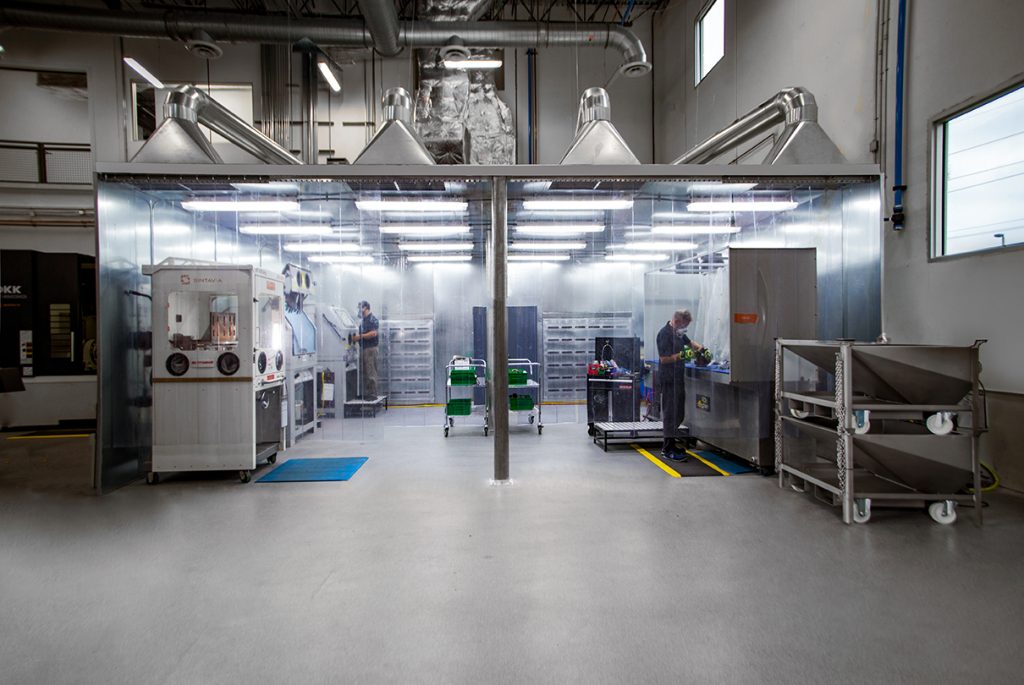
Brian Neff, Sintavia’s CEO, stated, “We wanted to prove to OEMs and customers making precision cast parts that a simple non-rotating metal part could conform to specs and make internal engineering happy – and that we can do the job better than the traditional supply chain in the form of lower costs, shorter manufacturing times, and dramatic design improvements.”
“Getting approval from our largest customer is a big deal,” he continued. “It signals that it’s the first time the technology is acceptable for commercial parts. This part, a simple filter cap, is only one part. The road stretches ahead over hundreds of thousands of parts over the next twenty years. We see the path forward to meet demand. We’ve done it for the first time and expect it to grow rapidly. There were no deviations; we met the drawings. There were no manufacturing review boards; the part was completely accepted. Now someone has proven a third-party can manufacture using AM so the promise is there. It’s no longer hype.”
Other aerospace and defence applications that the company has developed specific expertise in include valve bodies, ducts, chassis, and heat exchangers. AM has long been recognised as a natural production process for heat exchangers because of its ability to create internal passageways in geometries that cannot be manufactured by traditional methods. Sintavia manufactures heat exchangers for several industries and can manufacture wall thicknesses of 200 µm or less.
Sintavia also manufactures flow control valves for commercial aerospace and other critical industries, noting that the production of flow control valve assemblies is greatly simplified when using AM, with shorter lead times and fewer part assemblies.
Heading towards displacement
“Sintavia is trying to become the largest independent metal AM supplier for the aerospace and defence markets,” Neff stated. “OEMs typically rely on supply chains to manufacture a lot of their equipment for many reasons. They design, test, sell and assemble, but do not fabricate. The casting and forging industry that supplies aerospace products is huge and AM will replace precision casting over time because it is a competitive alternative. The technology itself is cheaper, faster, more efficient, and much less polluting. CEOs and aerospace leadership want to adopt a new supply chain that offers a technical and strategic advantage as well as having an alternative to the traditional chain. Sintavia has made good strides in filling this gap and is building itself as a leader for independent aerospace and defence projects.”
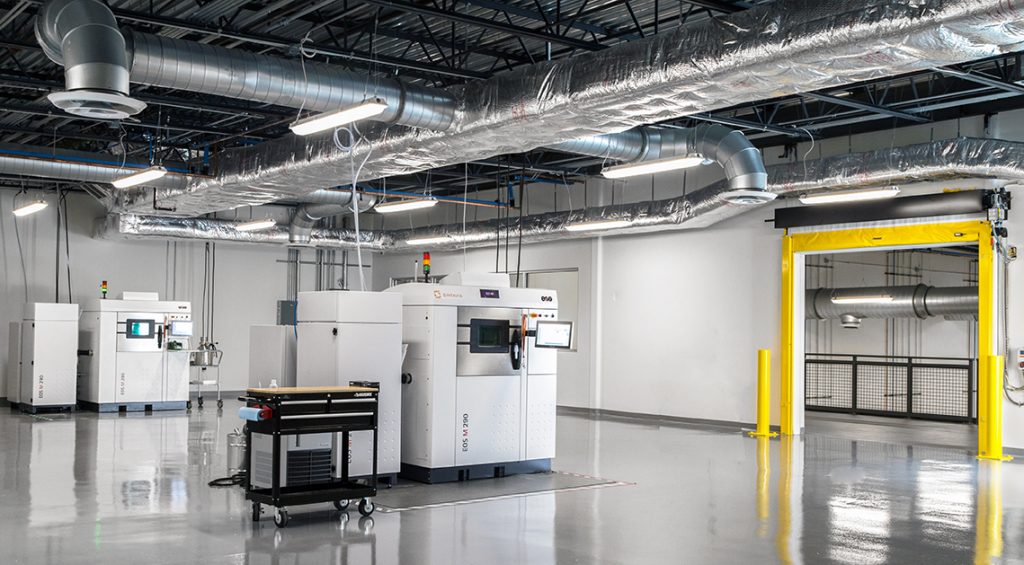
He sees the metal AM industry growing as it displaces traditional casting houses – which is a $100+ billion industry globally – every year. “Whilst the smaller AM houses are to some extent competitors, the real challenge is to displace companies such as Precision Castparts Corp (PCC), Consolidated Precision Products (CPP) and Arconic,” he explained. “Sintavia is committed to establishing an alternative and parallel supply chain for precision cast parts within the aerospace industry.”
Demand, Neff believes, will come from middle management such as Program Managers for a specific engine or aircraft who trust the technology enough to take the risk and put it on their engines. “An under-capitalised family business with a machine or two cannot take this on – but Sintavia can. The Chief Engineers on an A350 or 787 are the decision makers we need to convince to adopt the technology.”
The challenges of standards and AM
“We are bridging two worlds – the world of AM, science, technology and manufacturing in general, and the unique world of aerospace production, which is tough,” Neff stated. “Quality requirements are the most stringent in the industrial world. A failure seven miles up is catastrophic. The challenge is not only to master the technology to manufacture to a precise and high-quality degree but conform it to a stringent quality management system, meeting what the customers want.”
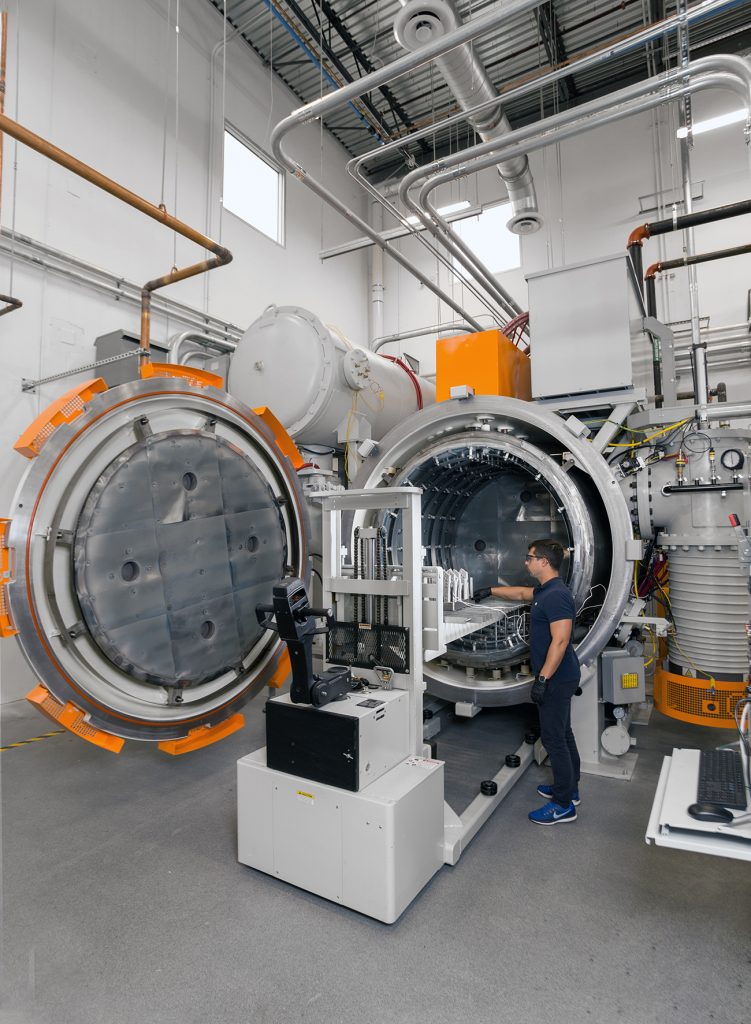
Peripheral services offer a challenge too; testing and post-processing means there are five or six divisions with different skill-sets at the company, in addition to its core competency in metal AM. “It’s a challenge to learn them all quickly, because the industry is moving so fast. The technology is moving faster than the standards. We know a process is good but the standards for making aerospace parts are controlled by the SAE’s Aerospace Materials Specifications [AMS], and there’s no infrastructure for other manufacturing processes,” Hedges added.
“Many standards are guarded or controlled as IP at different companies. We are just now starting to see documents flow out of government bodies to move the industry forward. Now that AMS has standards based around AM, others will come out. It needs to be done quicker to keep up with how fast the technology is moving. Documentation and standardisation are slightly behind. Instead of waiting for government bodies to release, we write the specifications internally or work with customers to write specifications to control the processes so they are fixed and repeatable. It is also challenging that many of these company specifications aren’t transparent throughout the industry. But the industry could adopt all of them.”
A maturing supply chain
Neff believes that Sintavia’s success in gaining acceptance for its first metal AM part in a commercial airliner is evidence that the supply chain has been developed to the scale and quality required to move the process from the fringes to the mainstream. “We’re now at the point where our customers are accepting parts they didn’t manufacture themselves for commercial air travel. At a high level, it’s always been something our customers have wanted to do. We received our first production contract in the last half of 2018 and have proven it now in the first half of 2019.”
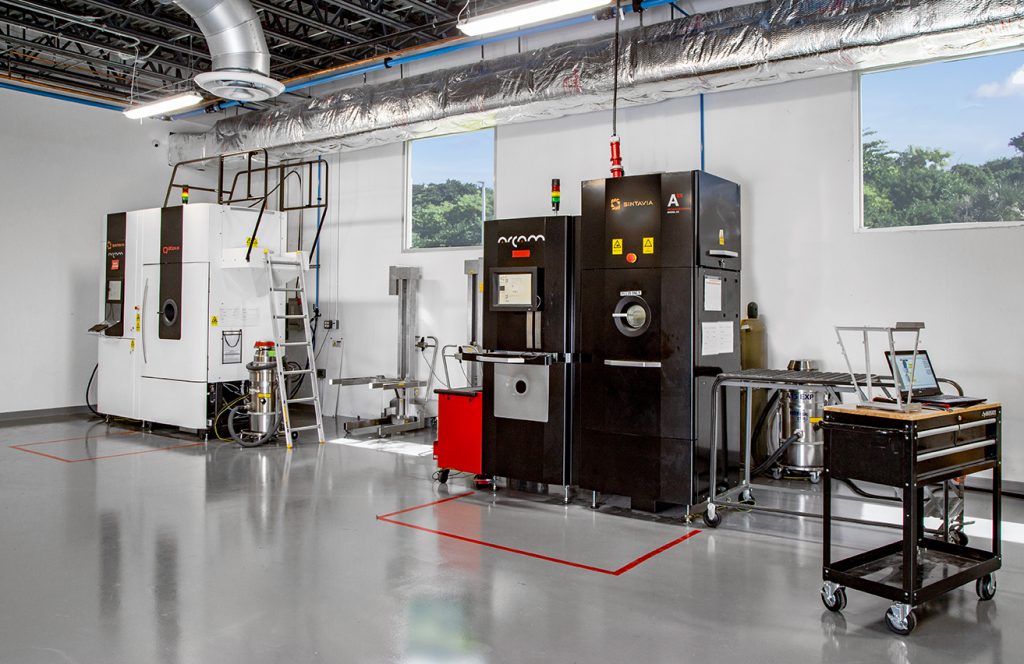
“With any new technology in critical industries, at first, the adoption rate is always slower than everyone wants. But it then reaches the point where it rapidly accelerates. Sintavia is on that glide slope curve now, moving into the realm of producing tens of thousands of parts per year. Once we start with one, more will come,” he stated.
Hedges agreed: “A few years ago the supply chain was small. It’s still small today, but is getting bigger as more established companies, like Sintavia, make aerospace parts for real flying engines. The supply chain is further along, moving ahead and evolving to gain strength and experience.”
“I don’t think there will ever be a single supply chain. We are seeing that in this industry, one supplier can’t do it all. The supply chain itself is specialised, with three or four companies that may specialise in making a certain component. In the next two-to-ten years we will start to see suppliers becoming more refined and narrowing their skill sets. Instead of doing it all, they will focus to be really good at certain components. For example, for us to produce high-pressure ducting, competing suppliers may need to specialise in steel and aluminium. There’s a lot of room for growth in these supply chain-type companies,” he concluded.
Blueprint for growth
In the next three-to-five years, Sintavia plans to focus on ensuring that its new facility is able to reach capacity by employing 130 highly skilled workers and generating more than $100 million of annual revenues on the production of parts in the tens of thousands – a tremendous growth track. At the close of 2018, Sintavia had thirteen metal AM machines in operation. By the end of 2019 it will have twenty-two. Its new facility, with its capacity for sixty large and medium machines, is the prototype for future growth.
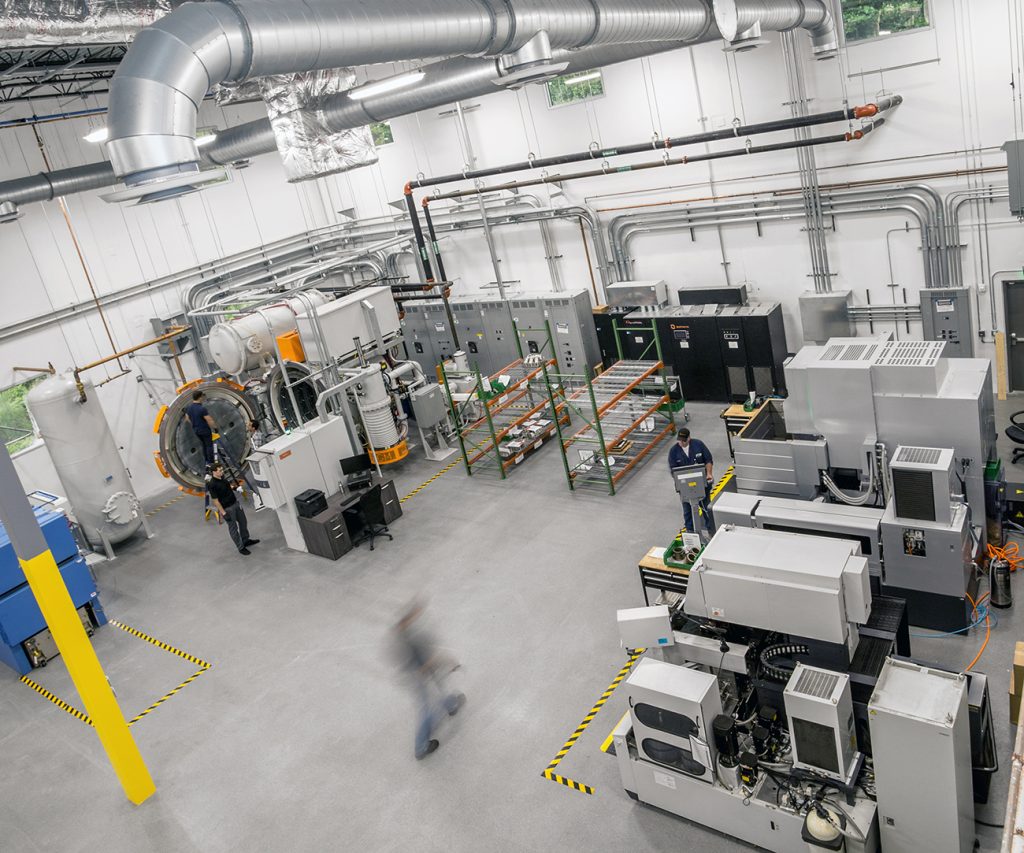
Looking ahead, Sintavia told Metal AM that it will replicate its vertically-aligned business model in locations across the US and Canada near its OEM customers. It is currently in the process of building a second production facility in Houston, Texas, USA, which will primarily service the oil and gas industry. Future locations are planned for Seattle, Washington, USA, and Phoenix, Arizona, USA, and later in Japan and Europe.
Contact
Carolyn Allan
Director of Marketing and Strategic Sales
Sintavia, LLC
[email protected]
www.sintavia.com
Author
Debbie Sniderman
CEO of VI Ventures LLC, an engineering consulting company
[email protected]







